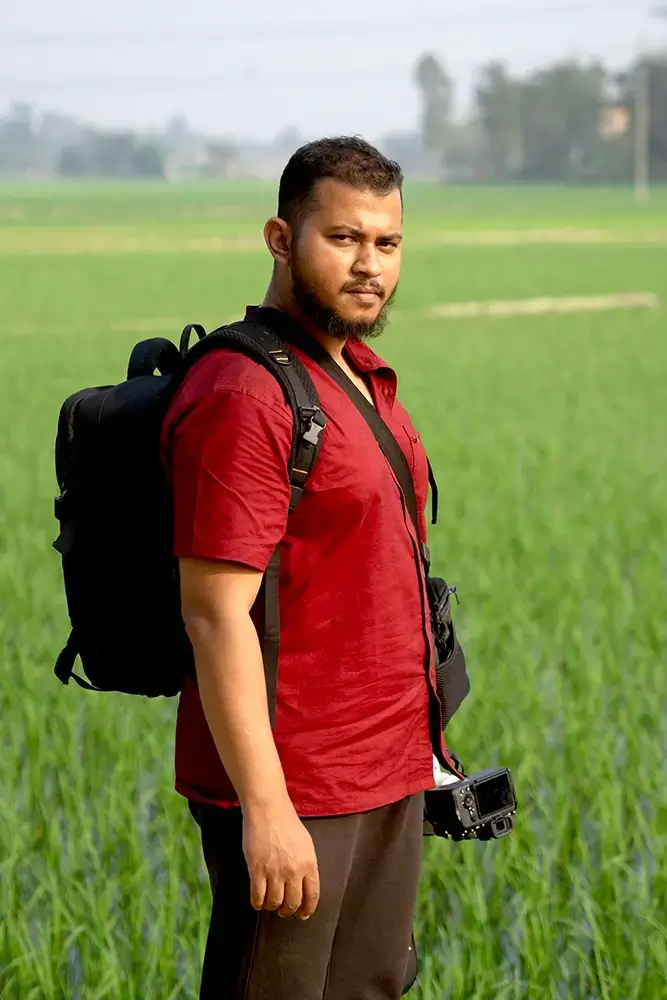My name is Mohammad Shahriar Foisal Jitu. I am a 34-year-old photographer & visual story-teller from Chittagong, Bangladesh. I used to capture photographs in my mobile during my studies in college. Later, what started as a hobby quickly transformed into an all-consuming passion that has come to define every aspect of my life. Photography has now become my therapy, allowing me to turn pain into beauty and challenges into strength. Each time I click the shutter, I discover a world through the lens that brings light even in my darkest moments.
Artist Statement:
As a freelance photographer from Bangladesh, I use photography as a tool of exploration to observe, understand, and connect with the world around me. My work is rooted in curiosity and guided by a deep commitment to human stories. Through vivid compositions and spontaneous moments, I aim to document the nuances of everyday life, capturing both the resilience and quiet poetry of the people and places I encounter.
Street corners, rural alleys, and fleeting glances become visual narratives in my work- each frame a testament to life unfolding in real time. I approach photography not merely as a means of documentation, but as a way to awaken empathy and reflect shared humanity. Being selected as one of the winners of the
All About Photo Awards 2025 is a profound honor and an encouragement to continue telling honest, unfiltered stories that might otherwise go unnoticed.
